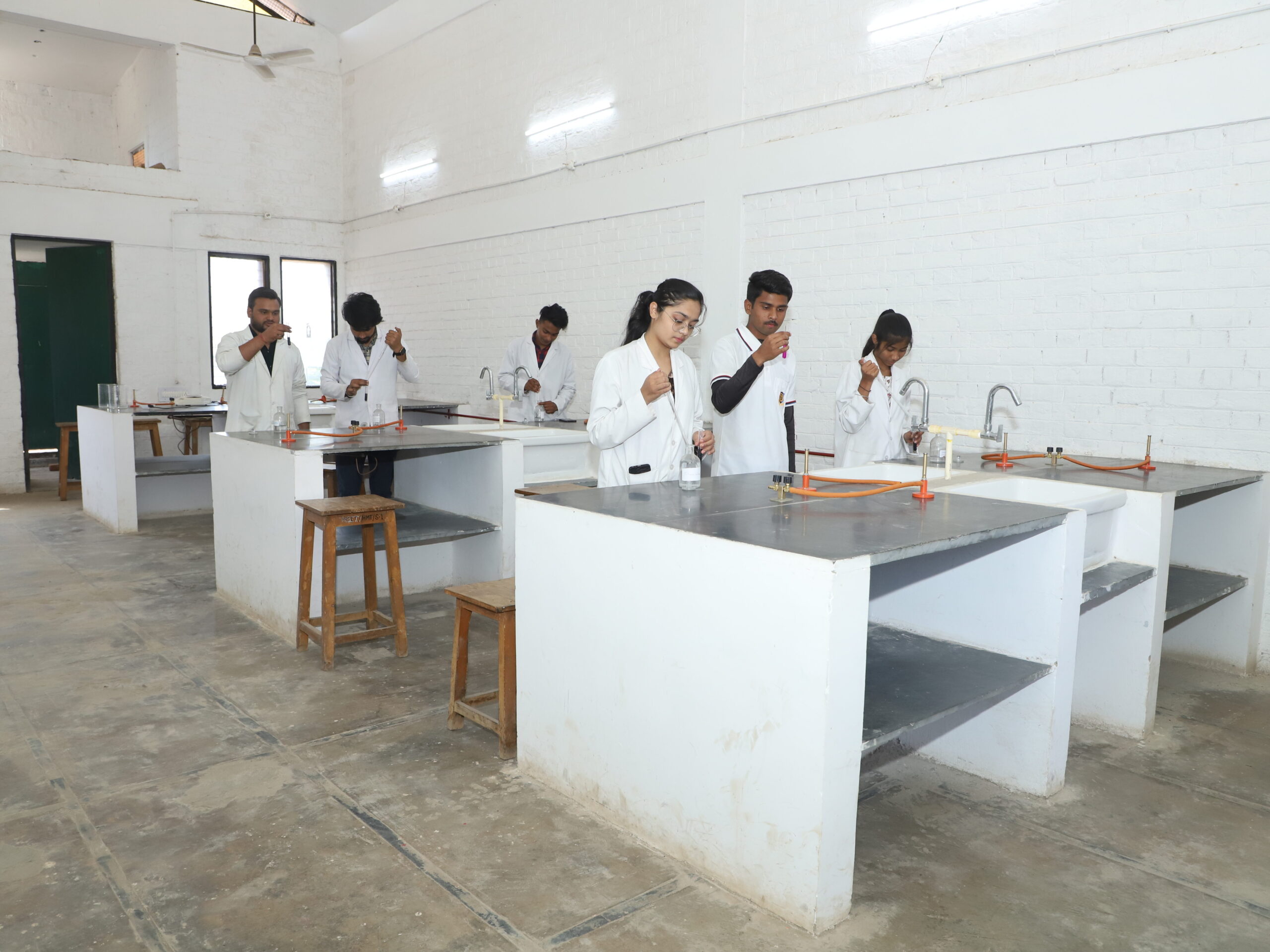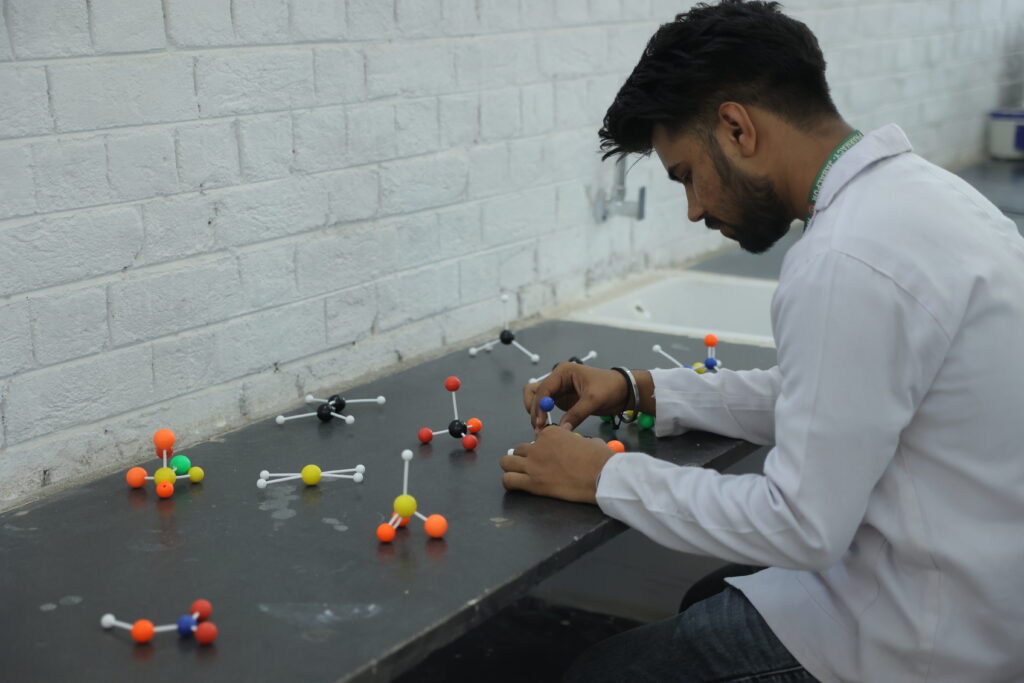PHARMACEUTICAL ANALYSIS
Pharmaceutical Analysis is a branch of pharmacy that deals with the qualitative and quantitative analysis of drugs and pharmaceutical formulations. It ensures the safety, efficacy, and quality of medicines through various analytical techniques.
Types of Pharmaceutical Analysis:
1. Qualitative Analysis:
• Identifies the chemical components in a drug formulation.
• Includes tests for purity, functional groups, and identification of impurities.
2. Quantitative Analysis:
• Determines the concentration of active pharmaceutical ingredients (APIs).
• Includes titrations, spectroscopy, and chromatography techniques.
Common Analytical Techniques in Pharmaceuticals:
1. Titrimetric Methods:
• Acid-base titration
• Redox titration
• Complexometric titration
• Non-aqueous titration
2. Spectroscopic Methods:
• UV-Visible Spectroscopy: Determines drug concentration using absorbance.
• Infrared (IR) Spectroscopy: Identifies functional groups in drug molecules.
• Nuclear Magnetic Resonance (NMR) Spectroscopy: Structural analysis of compounds.
• Mass Spectrometry (MS): Molecular weight determination.
3. Chromatographic Methods:
• Thin Layer Chromatography (TLC): Quick identification of compounds.
• High-Performance Liquid Chromatography (HPLC): Quantitative analysis of drug formulations.
• Gas Chromatography (GC): Analysis of volatile compounds.
4. Electrochemical Methods:
• Conductometry, potentiometry, and polarography for ion concentration measurement.



